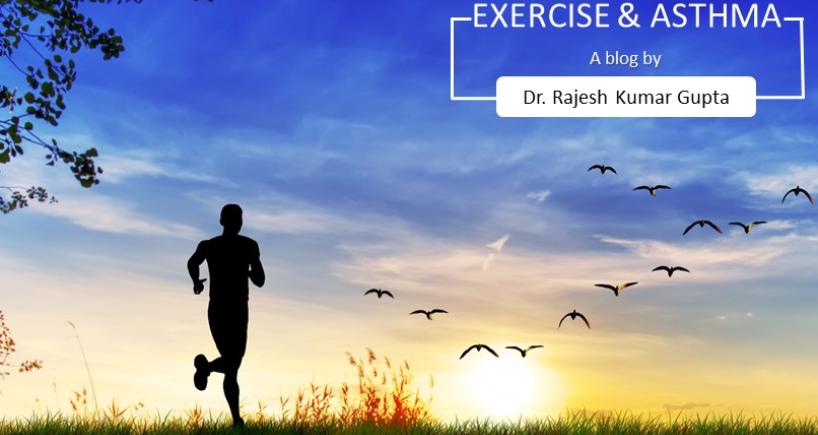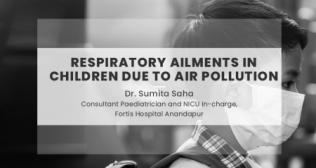
Paediatrics
Exercise & Asthma
Dr. Rajat Kumar Gupta Jun 17, 2020

Exercise - induced asthma is a condition of respiratory difficulty (bronchoconstriction) that is triggered by aerobic exercise, and lasts several minutes. Causes include medical conditions, environmental factors,
and medications.
Symptoms of exercise-induced asthma during or following exercise include chest tightness or pain, cough, shortness of breath, wheezing, underperformance or poor performance on the field of play, fatigue and prolonged recovery time.
Eight steps to manage EIA -
- Encourage to continue exercise with the reassurance that proper treatment can allow for an unhampered performance for most individuals
- Sports selection can be helpful in guiding an athlete toward the performance of sports in environments that are less likely to cause bronchospasm. Sports with less prolonged aerobic demands (eg, sprinting, weight lifting, baseball, football) is better tolerated by affected athletes
- Choose a time or place to exercise where the air is warmer and the humidity is higher. Indoor gyms, changing from running to swimming automatically increases the humidity of the environment.
- Altering breathing techniques from predominant mouth breathing to nasal breathing, which can result in less bronchospasm with the performance of an activity, because the inhaled air is both warmed and humidified. If mouth breathing, breath through a scarf, handkerchief or mask
- Warm up- Initiate a 15-30 minute warm-up, followed by a 15-minute rest period
- Administer preventive medication (short-acting ?2 –agonist, long-acting ?2 –agonists, mast cell stabilizers and Antileukotriene drugs) 15-30 minutes before the commencement of the exercise or competition
- Educate the patient and coaching staff to recognise symptoms of EIA early
- Treatment of an acute attack of EIA includes immediately removing the patient from competition or play. Provide immediate administration of a rapid onset, short-acting ?2 -agonist via a metered dose inhaler (MDI) using a Spacer device. If the patient's response is not satisfactory, transportation to an emergency facility should be initiated, because the EIA attack may escalate
Categories
Clear allMeet the doctor

Dr. Rajat Kumar Gupta
CONSULTANT PAEDIATRIC CARDIOLOGY | Fortis Mohali
- Paediatrics | Paediatric Cardiac Sciences
-
12 Years
-
550

















